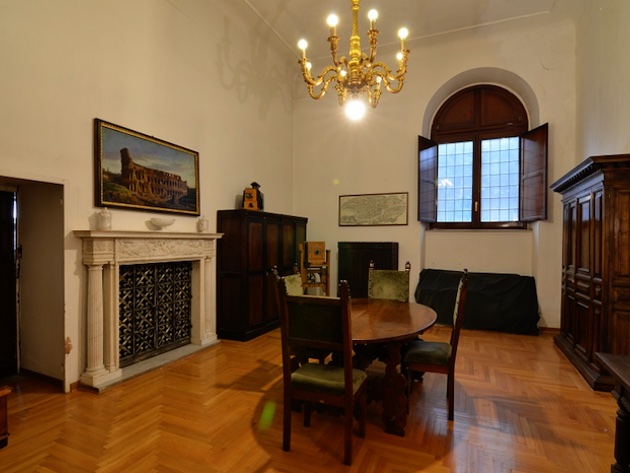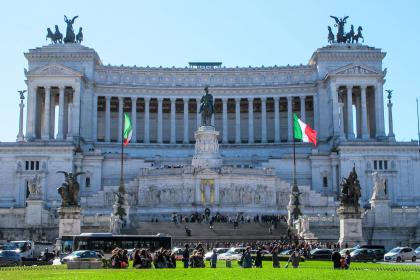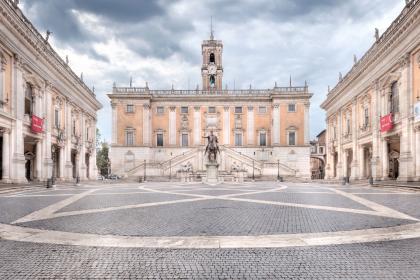
The National Institute of Archeology and Art History (INASA) is located in the fifteenth-century Palazzo Venezia, which stands on the square of the same name and was founded in 1918 with the aim of promoting the studies of archeology and history of art, thus promoting the development of scientific research and the protection of the national artistic heritage. The birth of this institution was desired by Benedetto Croce, then Minister of Public Education, and by Corrado Ricci, who was its founder and first President from 1922 to 1934.
Inside the Institute there is the Library of Archeology and History of Art which constitutes a great cultural heritage available for public consultation with various collections of manuscripts, drawings, engravings and printed volumes of archaeological and historical-artistic interest acquired through bequests, donations, purchases and exchanges. In fact, from the moment of its foundation, the Directorate of Antiquities and Fine Arts sold a lot of about 50,000 volumes to form the initial nucleus.
The Institute carries out research projects in collaboration with public and private institutions; with the Italia Nostra Association, the University of Rome "La Sapienza", the University of Padua and other Italian (such as CNR) and foreign research institutes. It promotes excavation campaigns and carries out an editorial activity of cataloging and dissemination of its graphic and photographic funds. It also takes care of the conservation of its heritage through the filing and digitization of the materials present in the Photo Library and in the Historical Archive.
In addition to monographs and specialist studies, the Institute publishes the Journal of the National Institute of Archeology and History of Art (RIASA), which for over 90 years has been one of the most important periodicals in the field of archeology and the history of art.
Photo credits: Courtesy of INASA official site
Piazza Venezia

 Condividi
Condividi
Piazza del Campidoglio (The Capitoline Hill)

 Condividi
Condividi
The Capitoline museums

 Condividi
Condividi
Information
For the opening times and guidelines please check the official website official website.
 Condividi
Condividi
Location
To find out about all accessibility services, visit the Rome accessible section.











































